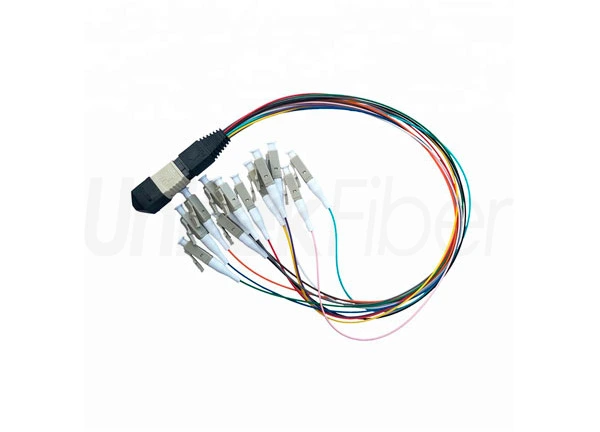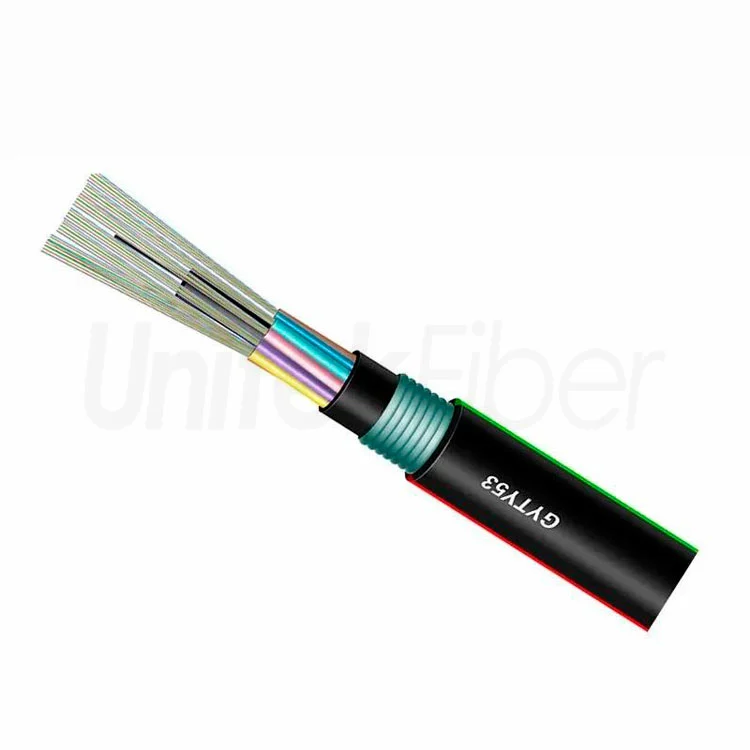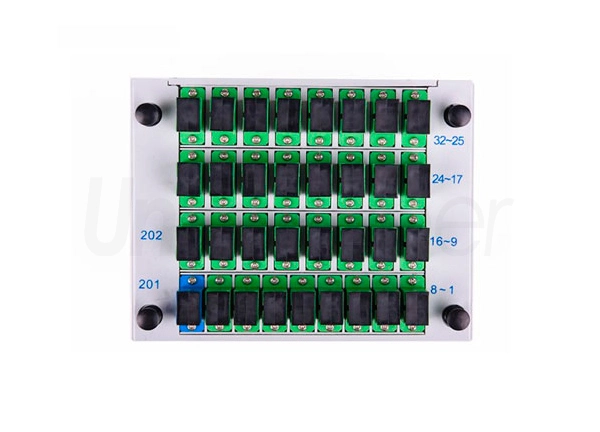
As networks require high bandwidth applications such as artificial intelligence and cloud computing, the demand for high density fiber cabling solution has increased. MTP|MPO fiber patch cords and LC|SC fiber patch cords dominate the use of various types of patch cords. Although LC|SC fiber patch cords are most commonly used in fiber networks, MTP|MPO fiber patch cords are becoming increasingly popular in modern high-speed deployments. But which fiber patch cord can provide better scalability? Let's take a look at the pros and cons of each option and its practical applications.
Fiber Core Density: multi-fibers need to be using in a limited fiber patch panel or fiber optic cabinet area.
Deployment Speed: fast cabling installation and network upgrade speed is required to solve labor costs and maintenance time.
Compatibility Requirements: fiber patch cord need to be compatible with the next generation of higher technology requirements (such as 800G, 1.6T, CPO, etc.)
As the demand for network bandwidth grows exponentially, LC|SC patch cord designed as single-core fiber connections are facing increasing pressure. MTP|MPO optical patchcord can integrate 12, 24 or even 72 fibers into one interface. But we need to think about whether the larger the number of fiber optic patch cords, the better?
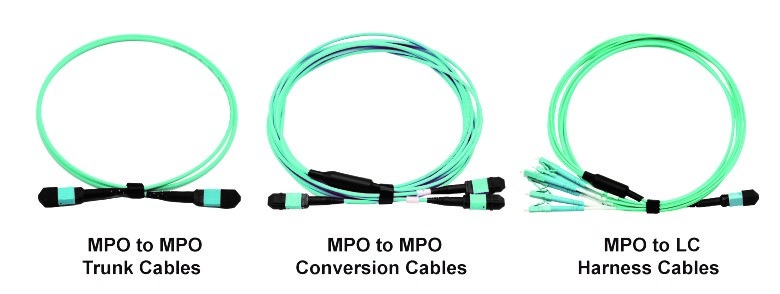
Space efficiency advantage: A single MTP|MPO fiber patch cord can replace 12-24 LC|SC fiber patch cords, reducing fiber rack space occupancy by up to 75%. The compact structural design frees up critical space resources for equipment layout in high-density deployment scenarios such as hyperscale data centers.
Plug-and-play deployment advantage: Pre-terminated MTP|MPO fiber patch cords support fast installation. Taking a 144-core backbone link as an example, it only takes a few minutes to complete the deployment using MPO|MTP fiber patch cords, which saves 1-2 hours compared to LC/SC fiber patch cords, significantly improving construction efficiency.
Support for high-speed standards: MTP|MPO has become the core physical layer solution for 400G/800G Ethernet (such as IEEE 802.3bs/cd standards) with parallel optical module technology. The multi-core fiber link design allows smooth upgrades without rewiring, providing flexible support for future network bandwidth expansion.

Complexed Fiber management: Multi-core fiber MPO|MTP fiber patchcord requires refined cable combing and fixing, which places higher requirements on wiring technology and equipment room management.
High initial cost investment: The structural complexity of MTP|MPO components (such as module boxes, polarity conversion modules, etc.) results in higher initial purchase costs than LC|SC fiber patch cord solutions.
Difficulty in cleaning and maintenance: Any contamination of the ferrule may affect the transmission performance of multi-core optical fibers, requiring professional cleaning tools and strict compliance with maintenance procedures.
Flexibility in Small-Scale Deployments: LC|SC fiber jumper excel in scenarios requiring incremental upgrades, such as enterprise networks or legacy systems.
Lower Cost: LC|SC cablinng solution accessories, such as fiber optic patch panels, LC|SC adapters) is widely available and cost-effective for applications.
Ease of Troubleshooting: Simplex and duplex LC|SC fiber patch cord is simplify fault isolation and testing.
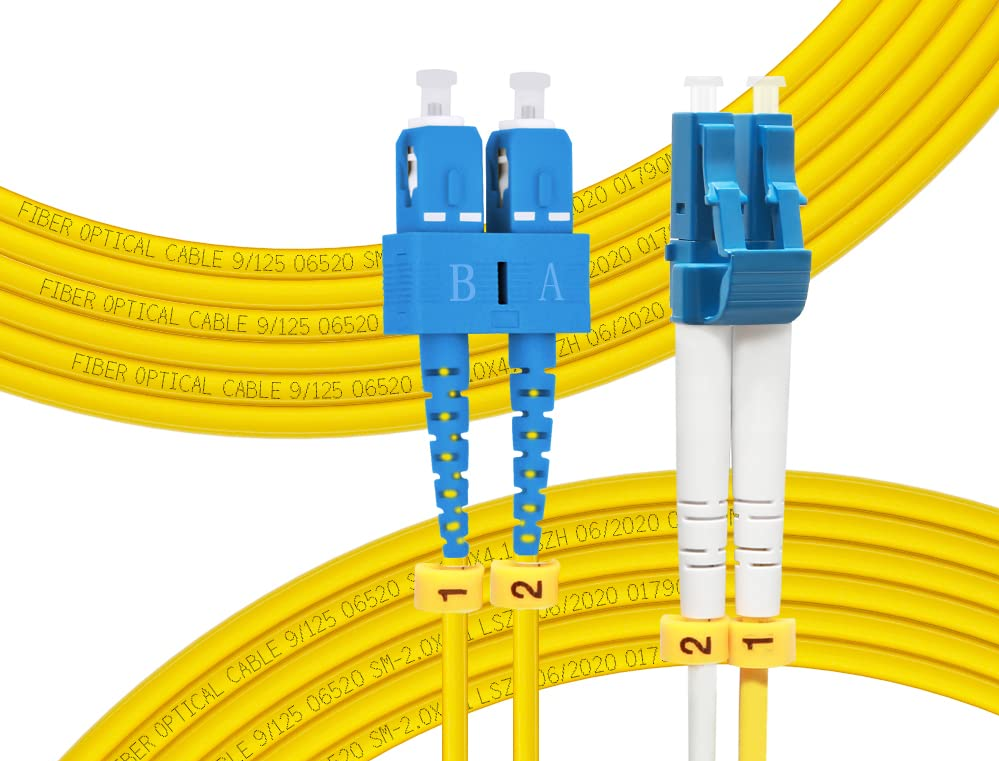
Space Limited: When using LC/SC fiber patch cords to upgrade 400G/800G networks, it is necessary to deploy bulky branch patch cords, which leads to cluttered cables in the rack and makes it difficult to meet the space utilization requirements of high-density wiring environments.
Expensive costs for upgrade and maintenance: When the network needs to be expanded, the wiring based on LC|SC fiber patch cords requires manual connection of dozens of fiber patch cords one by one, which not only consumes a lot of man-hours, but may also cause connection errors due to cumbersome operations, affecting deployment efficiency and stability.
Insufficient future compatibility: LC|SC interfaces have structural limitations when adapting to emerging multi-channel transmission standards such as 400G-SR8. Its single-core or dual-core connection mode is difficult to support the large-scale application of parallel optical technology, restricting the flexibility of network evolution to higher bandwidth.
For large-scale high-speed networks, MTP|MPO fiber patch cords offer unparalleled scalability. Their density and future-proof design are in line with the growth trajectory of network needs. However, for smaller deployments or environments that value simplicity and cost control, LC/SC remains a pragmatic choice. As a professional fiber optic patchcord manufacture, Unitekfiber offers all kind of high quality MPO|MTP cable and LC|SC fiber patch cord. If you have any request, please kindly contact us sales@unitekfiber.com for a compatiable price.

